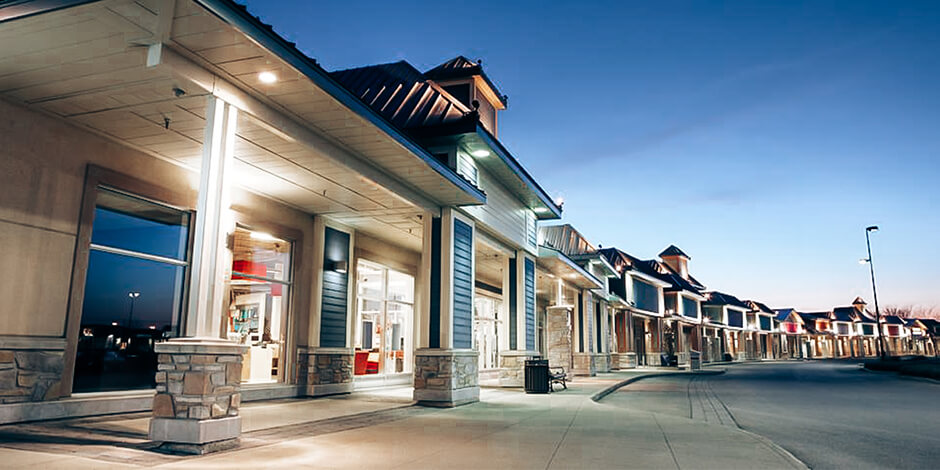Exactly three years ago we reviewed in this column the devastation that the first year of the pandemic had visited on the traditional bricks-and-mortar retail business. Malls had been transformed by the shutdown into darkened temples surrounded by moats of barren parking lots.
Marquee department store brands, already in decline for years, struggled to catch up to the online juggernaut. Open-air shopping centers in many suburbs lost their smaller retail stores, leaving many commercial landlords with anchor supermarkets surrounded by a ragtag mix of vape shops and tattoo parlors.
Three years later, we know what happened to many malls where department stores went bankrupt or closed locations. A recent headline out of suburban Philadelphia serves as an appropriate epitaph for Neshaminy Mall, a one million-square-foot sensation when it opened in Bensalem, Pennsylvania in 1968. According to a local report, Neshaminy Mall is now “For Sale: As Is.”
A rough valuation for the property was said to be “as much as” $25 million. At that price (less than a single Nordstrom’s location generates in a year), the site will likely be bulldozed and repurposed.
Meanwhile, the future of bricks-and-mortar retail has been rapidly unfolding in those previously rundown open-air neighborhood centers. The race is on as the country’s leading merchants snap up space in once-humble strip centers, making them the hot new place to be. Bath & Body Works closed 45 in-mall locations in 2022 and opened 95 off-mall stores with plans to open 90 more. Gap planned to have 80 percent of its locations outside of malls by early this year.
From department stores like Macy’s and Dillard’s to big box names like Target and Walmart, the major brands are also building smaller locations closer to their customers.
Retailers have discovered that one of the legacies of the pandemic is that work-from-home changed how consumers shop. They prefer shorter drives and the convenience of open-air parking.
Companies have been reporting that off-mall is where the growth is and wider margins.
Retail analytics specialist Brandon Svec recently told the Wall Street Journal, “These retailers are going to grow more confident (…) as they continue to see quarter after quarter after quarter of outperformance in their off-mall locations.”
In a November call with analysts, Macy’s new CEO, Tony Spring, reported that the company’s smaller locations have been consistently generating year-over-year comparable sales growth.
Mimi Vaughn, CEO of Genesco, parent company of footwear brand Journeys, told analysts last year that the company’s research found that customers visit their off-mall locations more frequently – “multiple times per month.”
High-end malls have continued to thrive, according to Bill Taubman, president of Taubman Realty Group. He told Associated Press that there has been growing demand for space in up-scale locations by direct-to-consumer apparel brands such as Rhone.
In the end, the decision will rest with consumers on where they shop, but it is clear that making it more convenient along with the right product is a winning combination.
Subscription Required.














